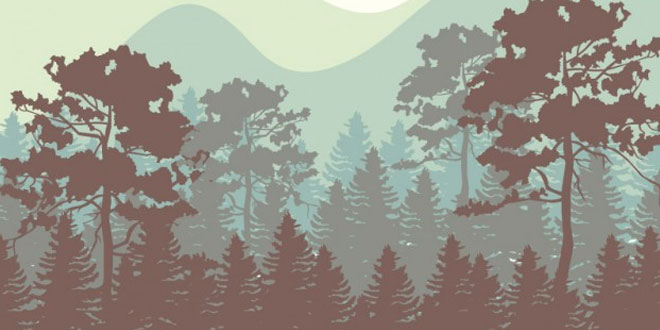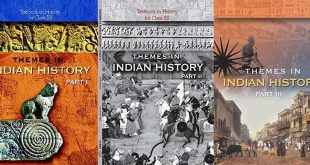Question: Describe the natural vegetation in hot and cold deserts.
Hot Deserts: With extreme temperatures present in both day and night, hot deserts are dry. However, these deserts are utterly hot during daytime but extremely cold at night. The usual temperatures reach 43° – 49° Celsius in daytime while it goes down towards -18° Celsius at night. The annual rainfall does not usually exceed 250 millimeters. Hot deserts can be found in almost all the continents; Sahara and Kalahari in Africa, Arabian Desert in Middle East, Great Victoria Desert in Australia, Gobi Desert in Asia, and Great Basin Desert in North America are some of the largest and amongst the most known deserts.
There is not much chemically weathered soil in hot deserts, but mainly it is loose, coarse, or gravelly. Most of the time fine dust and sand particles are blown away by the wind. The biological diversity in hot deserts is not pronounced compared to evergreen forests. Cactus species, small shrubs, and very few trees with short shoots make the entire vegetation in these deserts. Water conservation techniques such as thick cuticles and spiny leaves can be observed in the vegetation. Additionally, many plants have adapted techniques to open stomata only during the night to reduce water loss. Most of the animals have adapted to live under soil or in burrows such as kangaroo rats, reptiles, and arachnids. Insects inhabit trees and flowers while carnivorous birds hover around the sky looking for prey animals. Plants weather the hot daytime, but animals wait until it becomes cool enough to forage.
Cold Deserts: Cold deserts are almost lifeless regions with snowing winters during most of the time of year. Out of all the deserts in the world, the Antarctic and Arctic deserts are two of the largest in land area covering more than 27,000,000 square kilometers together. The winter lasts for nine months with an average temperature ranging around -2 to 4° Celsius, yet it could go as down as -50° Celsius. During the three months of summer, the mean temperature lies around 12° Celsius. Precipitation takes place in two ways, raining and snowing. The annual rainfall does not exceed 250 millimeters, and most of the raining takes place in the summer. Since the sun does not strike hard on cold deserts, the evaporation is not as much as in hot deserts. The soil is almost covered in snow, yet its texture is silty but heavy. Polar bear, flatfish, caribou, arctic fox, arctic hare, and penguin are the well-known cold desert animals. Grasses and shrubs are the main forms of vegetation in this ecosystem.
 Class Notes NCERT Solutions for CBSE Students
Class Notes NCERT Solutions for CBSE Students




